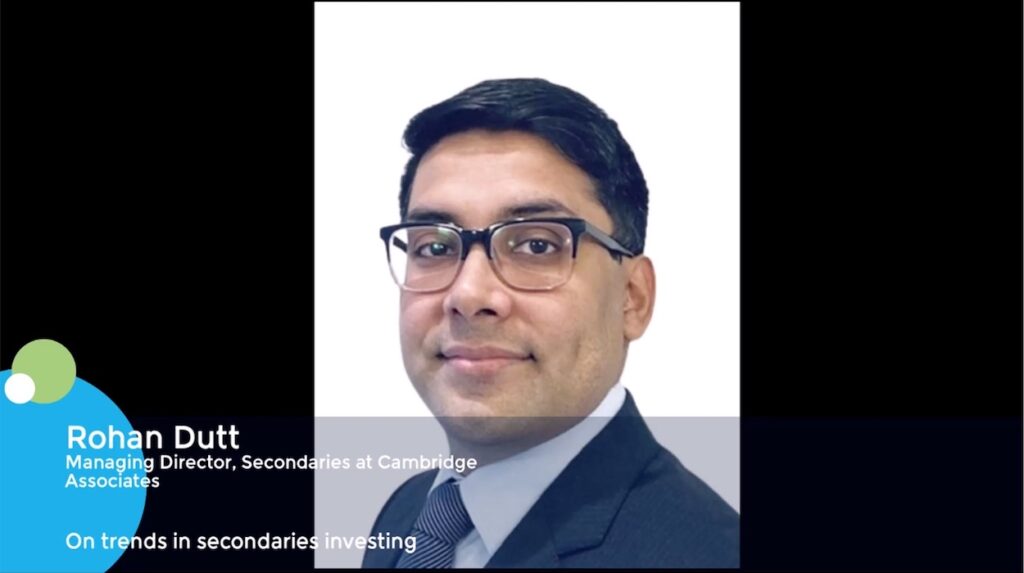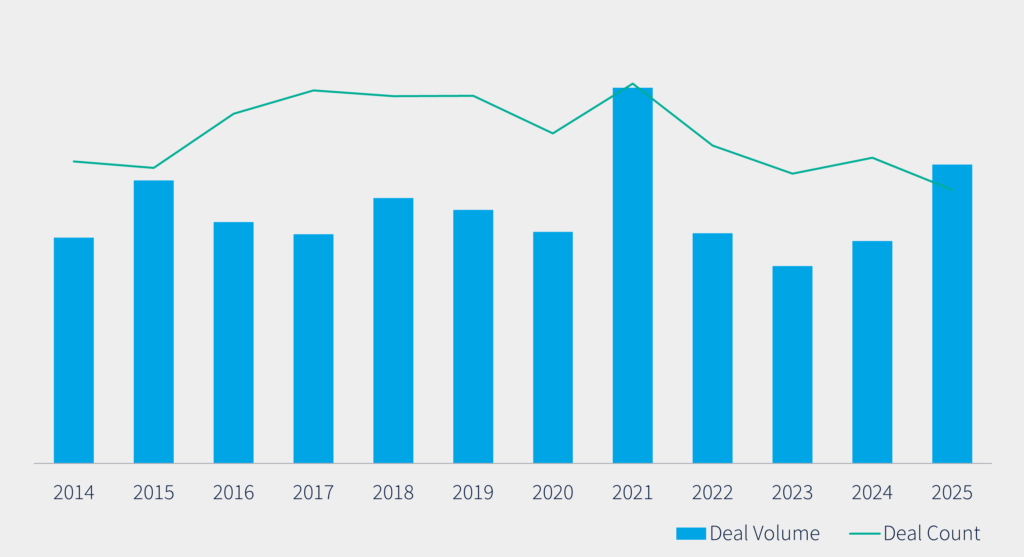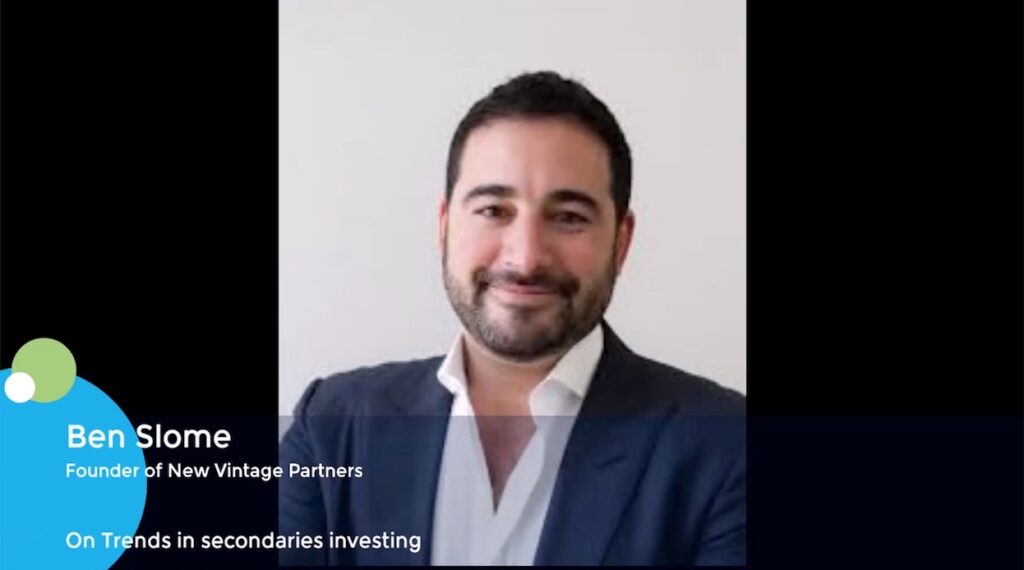Foundation Private Equity’s India secondary streak highlights end-of-fund-life issues
Four out of eight investments from Foundation Private Equity’s debut Asia secondaries fund, which is approaching full deployment, are in India. The most recent of these reflects only part of an increasingly attractive opportunity set.
On one level, it is a classic liquidity solution. A Foundation-backed continuation vehicle (CV) has acquired a stake in out-of-hospital care provider HCAH, the last position in Quadria Capital’s 2013-vintage Fund I. Quadria, a Singapore-headquartered healthcare specialist active across Southeast Asia and India, will re-invest in the CV alongside Foundation, committing capital from its balance sheet.
Dozens of India-based managers are keen to pursue similar GP-led transactions. However, unlike Quadria, most must adhere to the stringent end-of-life protocols of the onshore alternative investment fund (AIF) regime, which began in 2012. Extensions are harder to secure than for funds domiciled in offshore jurisdictions, which means they are open to hearing secondaries pitches.
“Because of regulatory and commercial pressures, there is demand for near end-of-fund-life solutions. We are having a lot of discussions around funds from the mid-2010s vintages,” said Alok Gupta, a partner and head of India at Foundation. “Many are VC funds, so they have their own challenges – portfolio companies haven’t scaled, valuations are off – but there is no shortage of enquiries.”
Rehabilitation story
Asia-based GPs, in general, are becoming more proactive when thinking about liquidity. Jeremy Foo, a partner and co-founder of Foundation, noted that calls come in about funds in years five through seven. It’s not just about securing early distributions to support fundraising. Often, managers want to sell partial stakes in a few companies to rebalance funds heavily concentrated in one sector.
Quadria reached out to Foundation regarding HCAH two years ago, long before fund-life pressure began to bite. It had backed HCAH – then known as Health Care At Home – in 2017, paying INR 2.5bn (USD 38.5m) for a minority interest, according to AVCJ Research. However, pandemic-related disruptions had prevented the company from fulfilling its potential.
“Quadria could see HCAH needed more time before it would be exit-ready. They approached us, but we didn’t pursue discussions for long because we hadn’t seen enough of the post-COVID recovery to be convinced,” said Foo. “Fast forward two years, this was one of the last two assets in Fund I, and they were already in the process of selling the other. They wanted to see if we would take another look.”
Foundation recognised that HCAH was benefiting from several tailwinds: India’s ageing demographics, increasing prevalence of chronic diseases and strokes, and the shrinking family nucleus, which means there are fewer people at home to care for elderly relatives. At the same time, there is a growing need for rehabilitation facilities to ease the burden on India’s hospitals.
“For cases like strokes, there is a standard 45-day recovery protocol, but occupying a bed in a tertiary hospital is expensive,” Gupta explained. “Smaller hospitals and clinics can take in a lot of the traffic. They have the relevant clinical expertise, so doctors are comfortable recommending that patients go there.”
HCAH was established in 2012 with backing from the Burman family, best known as the promoter of fast-moving consumer goods business Dabur, to roll out a UK-inspired home healthcare model in India. With Quadria’s support – and additional capital provided by ABC Impact, a Temasek-linked impact investment platform, in 2022 – the company pivoted and launched its own transition care centres.
There are now seven of these centres, and in-facility care has replaced in-home care as the primary source of revenue. This has proved helpful in securing more business from patients covered by health insurance programmes. Domestic insurers were uncomfortable underwriting reimbursements for in-home care, but it’s different when there is a dedicated facility they can audit.
“Reimbursement rates have been going up every year, and it will drive more demand,” said Foo. “Right now, a minority of patients are getting reimbursed, but that is the practice in most developed markets.”
Educating the insurance channel is a priority for the next stage of HCAH’s development. There are also plans to enlarge the care centre footprint, either through M&A – HCAH has already made a few acquisitions – or organic expansion. Foundation hopes that, after three or four years of growth, the company will be of sufficient scale to appeal to a strategic buyer.
New endings
Quadria is sticking around to participate in this upside, contributing more from its balance sheet than the 2% GPs usually commit to their flagship funds, according to Foo. However, the CV marks the conclusion of Fund I after 10 years and a couple of one-year extensions. The manager is now nearly halfway through deploying Fund III, which closed earlier this year on USD 1.07bn.
While Foundation didn’t disclose the investment size, it falls within the typical USD 15m-USD 30m range for Fund I. That vehicle closed on USD 120m in 2022 and has space left for little more than follow-ons. Foundation is already working on its next offering, an India-focused fund raised under the AIF regime to more easily target onshore opportunities.
For all the hype around India’s public markets, Foo observed there are still plenty of portfolio companies unsuited for IPO and – in some cases – available at attractive valuations. The structural nuances of AIFs are an added incentive to trade.
Once an onshore fund reaches end-of-life, it enters a one-year liquidation period during which assets must be sold or distributed in specie. Extensions are granted on two conditions: approval by three-quarters of the LP base and the submission of a cash bid, amounting to at least 25% of the remaining net asset value (NAV), that can be used to facilitate exits for LPs opposed to the extension.
If there is no bid, the value of the remaining NAV will be marked at INR 1 for reporting and benchmarking purposes – a stipulation designed to encourage efficient liquidation.
“This is fairly onerous, so don’t expect too many transactions at that late stage,” Gupta added. “There is a lot of pressure on GPs and LPs, and this is leading to more sanity in terms of liquidity or liquidity solutions. We are starting to see more trophy assets being put into continuation vehicles.”












